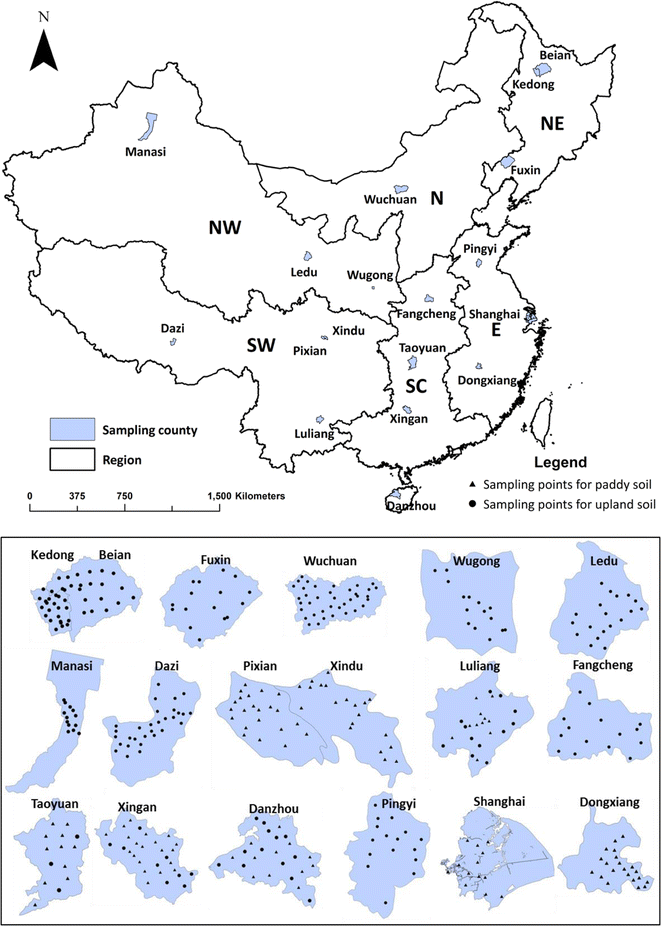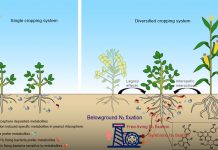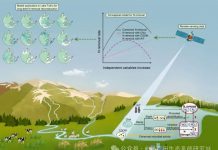X.Y.Wang, D.S.Yu, Z.C.Xu, Y.Pan, J.J.Pan, X.Z.Shi. Regional patterns and controls of soil organic carbon pools of croplands in China. Plant and Soil, 2017, 421: 525-539.
Abstract
Aim
The aim of this study was to reveal the regional patterns and the primary controls of three pools of SOC in Chinese croplands in 2010.
Methods
The samples were analysed based on a combination method of acid hydrolysis and CO2-C release during a 100-day incubation. The data from acid hydrolysis-incubation experiments were fitted to a three-pool first-order kinetics model that divided SOC into active (Ca), slow (Cs) and passive (Cp) pools.
Results
The results showed that soils in the eastern and southern China contained larger proportions of Ca and Cs but a smaller proportion of Cp in total SOC (P < 0.05) than the soils in northeast and northwest China. This regional pattern can be partly explained by the fact that paddy soil, which is the dominant cropland soil in the eastern and southern regions, stored more Ca and Cs than the upland soils, which dominates croplands in the northern regions. The three carbon pools were more sensitive to temperature change in the upland soils than in the paddy soils. Straw return had larger impacts on Ca than on Cs and Cp pools in different cropland soils.
Conclusions
Our results highlight the importance of carbon sequestration in upland soils because of the greater sensitivities of those carbon pools to the higher temperatures anticipated with global climate change. There is need to re-evaluate the effectiveness of carbon sequestration via straw return.








